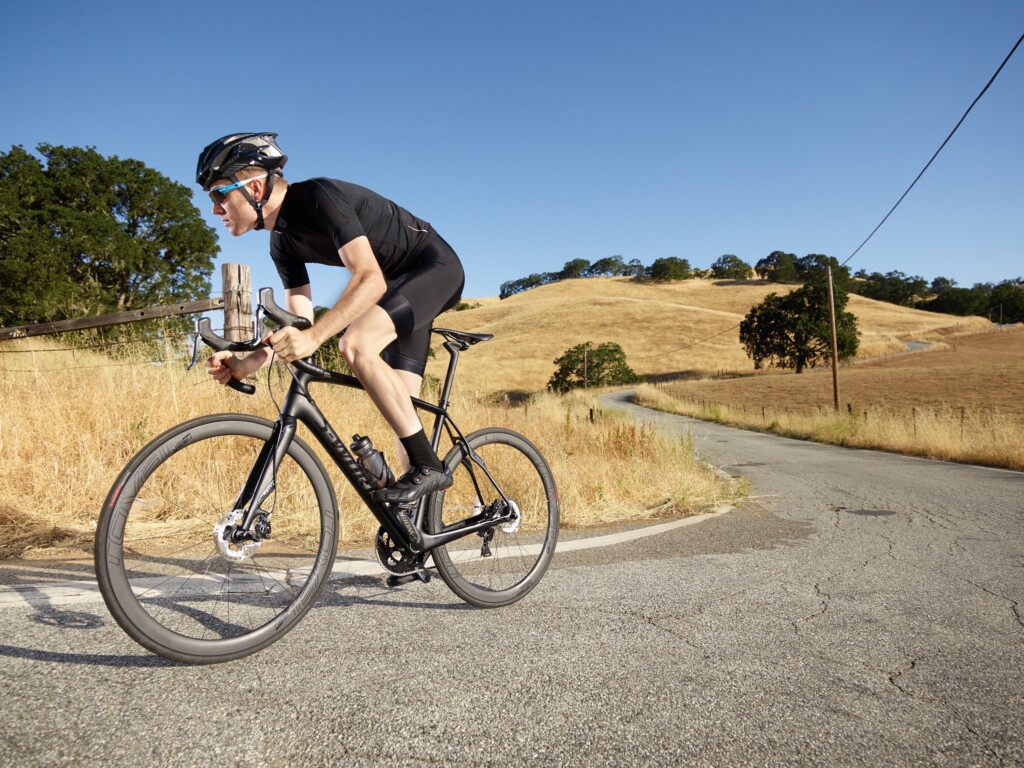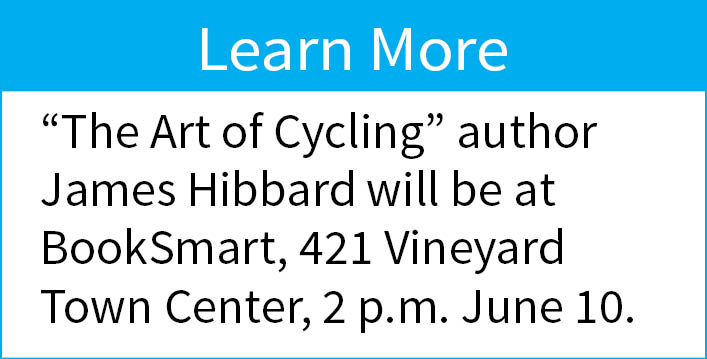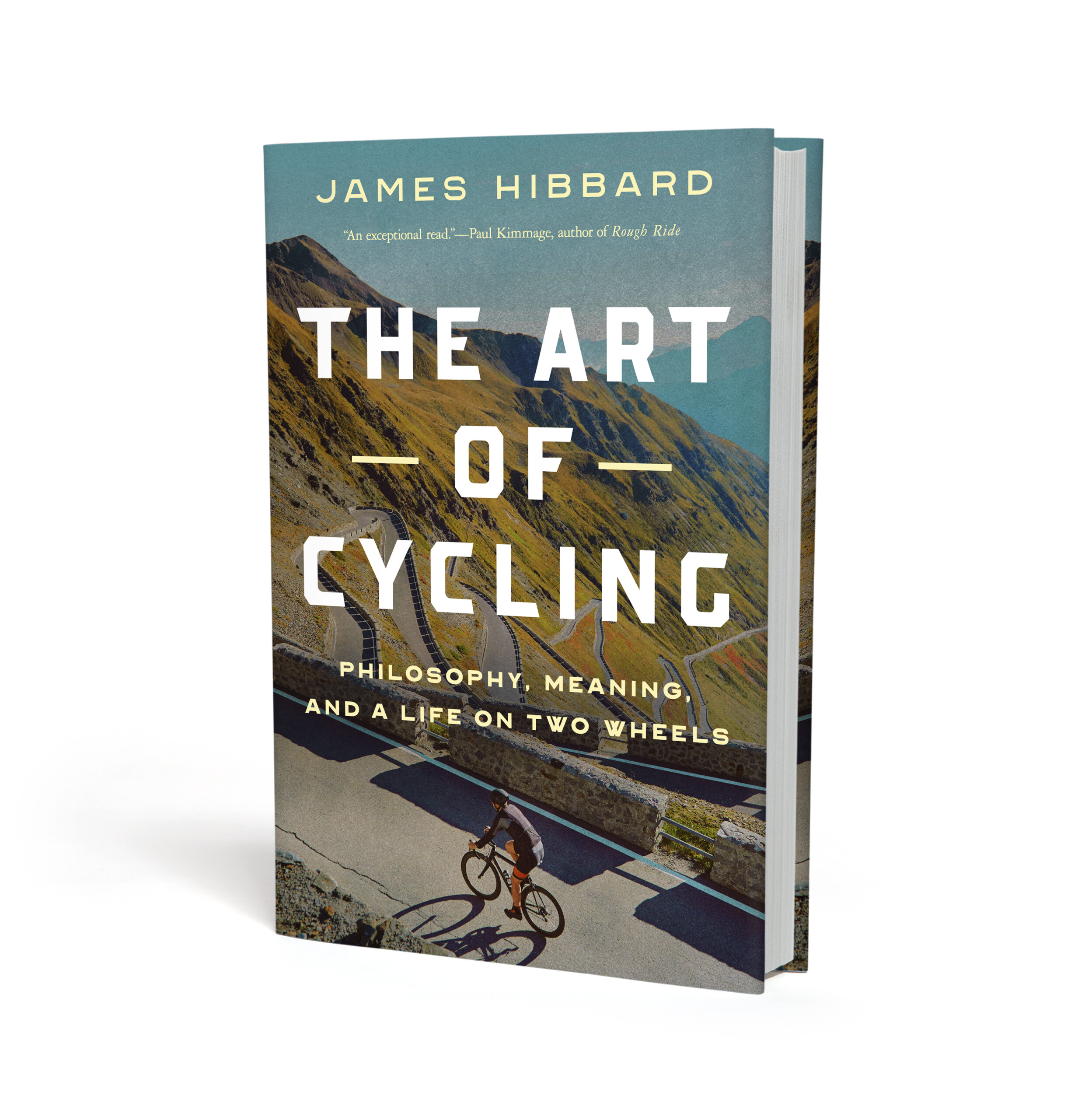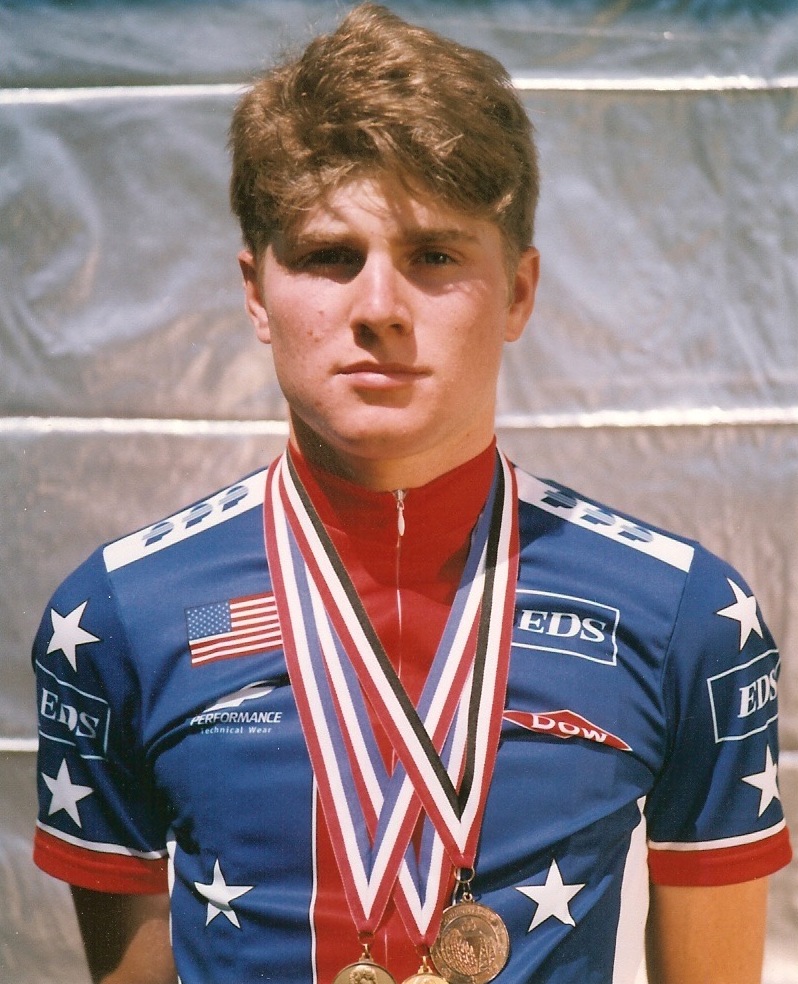Morgan Hill man pens philosophical book on professional cycling
Hibbard’s memoir ponders finding meaning through discipline of the sport
![]()

Photo courtesy Forrest Arakawa
James Hibbard will read from and discuss his book “The Art of Cycling: Philosophy, Meaning, and a Life on Two Wheels” at 2 p.m. June 10.
By Calvin Nuttall
For James Hibbard, the road to enlightenment follows many winding paths. He enjoys those twists and turns from the saddle of a road bike where he finds a kinesthetic escape from the limits of human rationality.
 The former professional cyclist will host a reading and discussion of his book “The Art of Cycling: Philosophy, Meaning, and a Life on Two Wheels” at BookSmart 2 p.m., June 10. The memoir was shortlisted for the 2022 British Sports Book Awards in the cycling category.
The former professional cyclist will host a reading and discussion of his book “The Art of Cycling: Philosophy, Meaning, and a Life on Two Wheels” at BookSmart 2 p.m., June 10. The memoir was shortlisted for the 2022 British Sports Book Awards in the cycling category.
Hibbard, 41, started racing at the Hellyer Park Velodrome in San Jose in 1995 and competed through 2005 as a road racing cyclist for the Shaklee and Health Net-Maxxis professional cycling teams. His book is not only a story about one man’s evolving relationship with the bike. It explores the ragged edges of western philosophy, where the search for ultimate meaning breaks down and the seeker is left grasping for something concrete.
“When I was studying philosophy, I realized something,” Hibbard said. “I realized I was most interested in the points where philosophy broke down and failed. I think that failure has to be taken up by other things, be it art or sports – immediate feelings and sensations, relationships, tangible things.”
He describes in the book his years of passion for the sport of cycling. It begins with a young man thoroughly infatuated with the glory of racing. It then tells of his often grueling pro cycling career, which ended with Hibbard falling out of love with the sport amid its era of doping scandals in the mid-2010s.
 “Now, the general public consider pro cyclists to be sort of synonymous with doping,” he said. “But, at the time, that was not at all the case. You’d need to have spent 5-10 years in the sport and be on the national team to understand what was going on.”
“Now, the general public consider pro cyclists to be sort of synonymous with doping,” he said. “But, at the time, that was not at all the case. You’d need to have spent 5-10 years in the sport and be on the national team to understand what was going on.”
Having invested so much time, energy and passion into cycling, the discovery that he could not progress further without compromising his morals felt like a betrayal. By that time, doping was so widespread, and its performance advantages so significant, that one could not hope to compete on skill and hard work alone.
“It was very clear that I was in a ‘bringing a knife to a gunfight’ sort of situation,” he said. “My training hard and drinking Gatorade was just a joke by contrast. It made me question a lot of things that were ostensibly meritocratic and made me very dubious of cycling because the doping issues were so profound. What would the appearance of success even mean?”
In addition to these moral conflicts, during his years of intensive physical training, Hibbard’s racing career was difficult to reconcile with his education. The cycling training camps he attended in the ‘90s and early 2000s were more than a little intense, he said.
“Riders were encouraged to drop out of high school,” he said. “The vast majority didn’t go to college or university. I stayed enrolled at Live Oak and sent my homework back through the mail. When it came to the U.S. Cycling Team, going to college probably hurt my racing career.”
Although his racing career may be over, the narrative that frames “The Art of Cycling” is ultimately one of Hibbard’s return to the sport he had loved with a fresh perspective. It follows the Morgan Hill resident as he prepares for a three-day cycling trip down the Pacific Coast Highway with his friends Zach and Jackson, his first such ride in many years.
“I was really interested in divorcing the act of riding a bicycle from the sport of professional cycling,” he said. “I describe what was toxic about being a professional athlete, then separate that from the actual visceral, kinesthetic act of riding a bike. That ride down the coast was a way to do that.”

James Hibbard
Oscillating between nostalgic and grim reflections on his early life and punctuated by deep digressions into the history of Western philosophical thought, the book is firmly grounded by the concrete imagery of this ride. Hibbard filled his tale with landmarks and locations that many Bay Area residents will recognize.
“I really wanted to use that imagery to sort of ground it,” he said. “It seemed like a good way to bring a local immediacy to the book, in terms of the landscape, in the same way that cycling is an escape from the abstract into an immediate matter of lived life.”
Although at the surface level “The Art of Cycling” is a book about riding bicycles, its true message is about finding true meaning in life through physical activity. For Hibbard, that grounding experience is the act of cycling. But the feeling is a universal one, he said, relatable for anyone who has poured their time and attention into mastering a craft.
“As my relationship to philosophy and what I hoped to extract from it changed, I became more interested again in tangible things,” he said. “Things that didn’t have any sort of argumentative approach to try to explain life, or make claims of truth. On the bike, any sort of attempts at ultimate knowledge or understanding start to look quaint and misguided.”
Calvin Nuttall is a freelance reporter and Morgan Hill resident.


